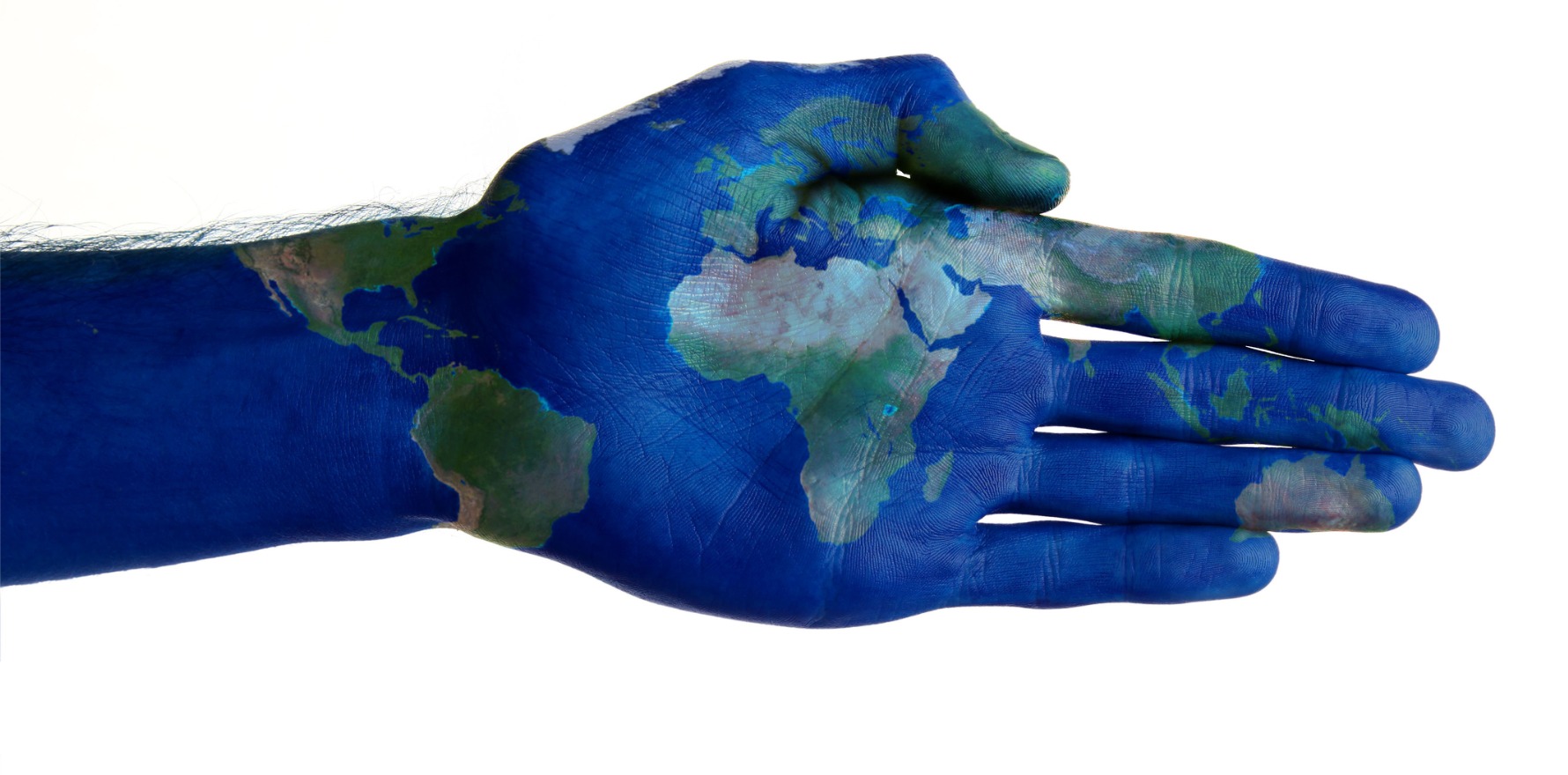
Researchers have created a roadmap to bringing the concept to reality.
A global team of experts has taken an important first step towards developing an international Human Skin Cell Atlas.
In a review published in the Journal of Investigative Dermatology, this month, they have outlined a roadmap for an inclusive reference guide to single-cell composition of normal human skin.
As part of the Human Cell Atlas project, the authors have assembled a Skin Biological Network to build a consensus Human Skin Cell Atlas (HSCA) and outline a roadmap toward that goal.
The Human Cell Atlas (HCA) is an international group of researchers supported by multiple funders from around the world. They are using a combination of new technologies to create cellular reference maps with the position, function and characteristics of every cell type in the human body.
The initial skin atlas will be based on sequenced cells collected from healthy human skin, the authors said. They expect that this atlas would then be used as the basis to uncover both conserved and varying human skin cell populations as well as molecular differences that arise upon skin diseases.
Once completed and running as an open-source online resource, it would be possible to utilise a consensus atlas for semi-automated mapping of patient-specific changes in any future single-cell RNA-sequencing data, the authors wrote.
They said that in the future, the HSCA reference could be used to support personalised medicine, such as single-cell-based personalised diagnostics of skin diseases.
Co-lead author Maria Kasper, PhD, from the Department of Cell and Molecular Biology at the Karolinska Institute in Sweden, said there was a critical need for an international grassroots effort to generate a comprehensive single-cell reference of every human organ.
“Because we are passionate about human skin biology and versed in single-cell methods, we put together this review as a guide for achieving the goal to generate the Human Skin Cell Atlas,” she said.
“This review, a roadmap of a kind, will be the first step, followed by a joint effort to generate the actual atlas.”
The review is a collection of knowledge from skin experts, including basic scientists, clinicians, trainees and seasoned principal investigators. It outlines key considerations for the atlas in order to comprehensively represent skin cells across five scales: spatial, temporal, gender, ancestral origin, and wound response scales.
“Atlas 1.0 can serve as a launching pad for many new scientific inquiries into human skin biology,” the authors wrote.

